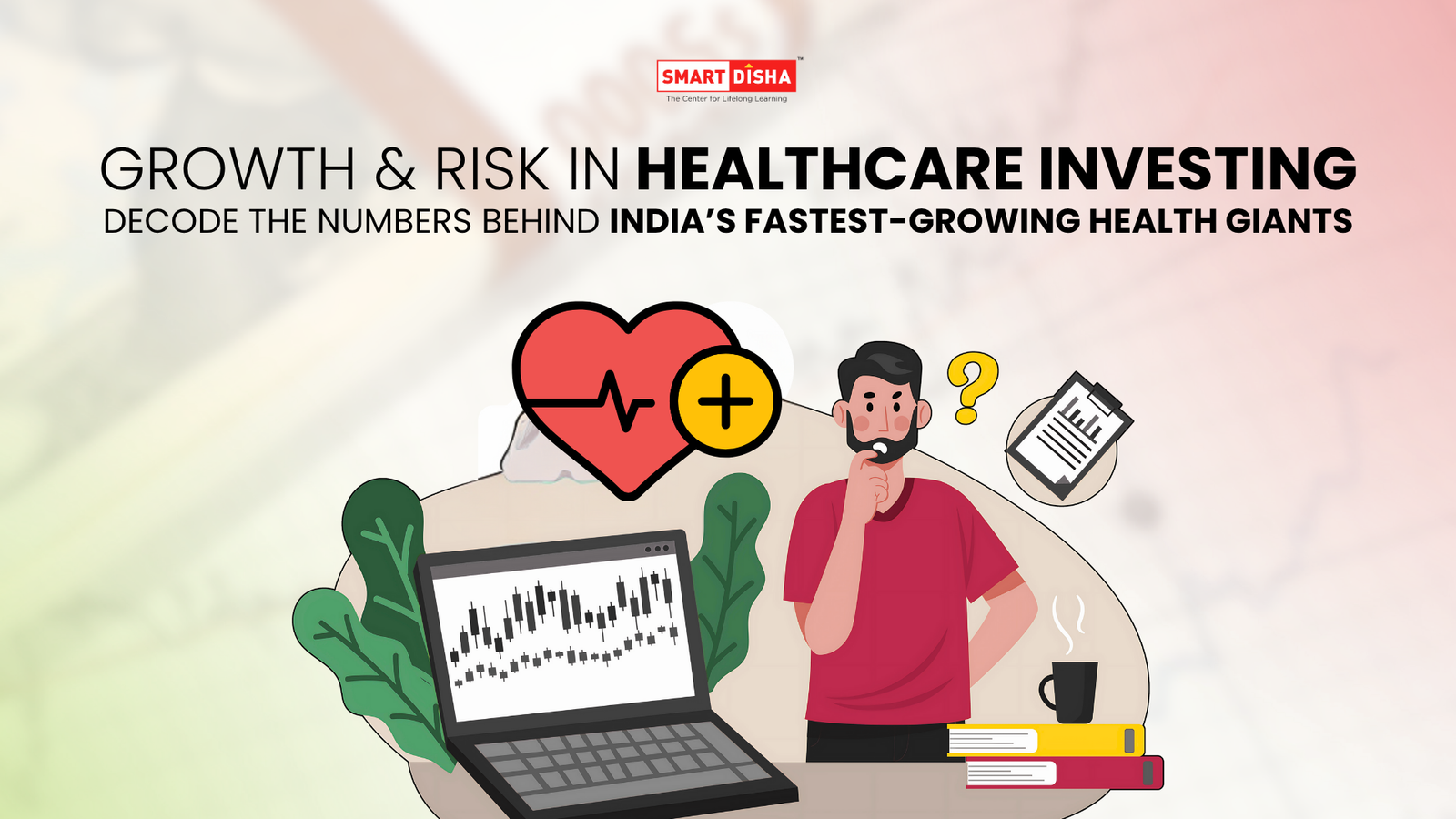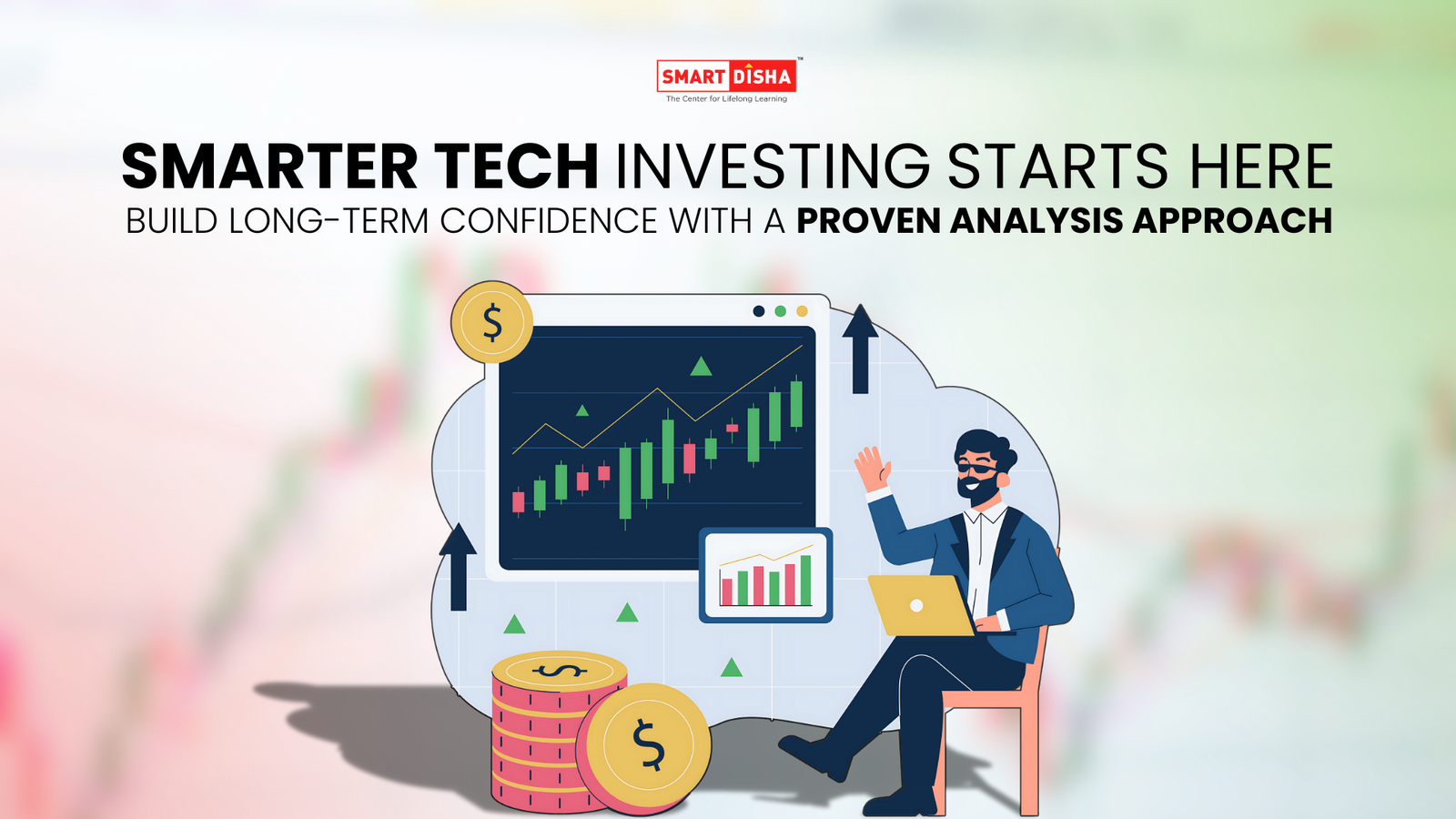Healthcare is one of the most complex and potentially rewarding sectors in the stock market. It touches every human being, evolves constantly with innovation, and is shaped by deep regulatory frameworks and demographic shifts. But with opportunity comes complexity. If you want to succeed, you must learn how to analyze healthcare stocks with a clear, structured approach otherwise, you’re not investing, you’re gambling. In this guide, we’ll break down exactly how to analyze healthcare stocks, the key growth drivers to monitor, and the risks that can make or break your portfolio. Whether you’re looking at hospital chains, pharma giants, biotech disruptors, or diagnostics firms, the core principles remain the same
Understanding the Healthcare Sector
Healthcare isn’t a monolith. Before diving into analysis, know what you’re analyzing:
| Segment | What It Includes |
| Pharmaceuticals | Generic & branded drug manufacturers |
| Biotechnology | R&D-driven companies focused on therapies, gene tech, etc. |
| Healthcare Providers | Hospitals, clinics, surgery centers |
| Diagnostics | Testing labs, imaging firms, pathology chains |
| Medical Devices | Equipment makers (e.g., stents, ventilators, wearables) |
| Health Insurance | Insurers providing health coverage (India: limited exposure) |
Each of these segments has different revenue models, cost structures, and risk profiles. That’s why a hospital stock must be evaluated differently than a biotech startup
Key Growth Drivers in Healthcare Stocks
1. Demographics & Disease Patterns
- India is aging: A growing elderly population increases demand for chronic care and specialty treatments
- Rise in lifestyle diseases: Diabetes, cancer, and cardiovascular issues fuel demand for both diagnostics and long-term treatments
This secular trend makes healthcare a defensive and long-term growth sector
2. Healthcare Infrastructure Growth (India-specific)
- Government schemes like Ayushman Bharat and rising insurance penetration are driving hospital visits and surgical volumes
- Tier-2 and Tier-3 cities are becoming new growth hubs for diagnostics and private healthcare
3. Innovation in Pharmaceuticals & Biotech
- Drug approvals, patent launches, biosimilars, and research partnerships can unlock exponential revenue potential
- Indian pharma companies expanding in US generics or Europe often enjoy stronger margins and better visibility
4. Digital Health & Diagnostics
- Telemedicine, at-home diagnostics, wearable health tech, and AI-driven diagnostics are fast-growing sub-sectors
- Players like Dr. Lal PathLabs or Metropolis are riding this digitization wave
5. Government Policy & Regulation
- New drug pricing rules (DPCO), patent laws, or GST reforms directly impact margins
- Favorable public health spending, import bans on certain devices, or tax breaks can boost domestic players
Fundamental Metrics to Analyze
Now that we understand the drivers, here’s how to analyze healthcare companies fundamentally:
A. Revenue Sources and Segment Breakdown
Understand where the money is coming from
Example (hypothetical for a diagnostic chain):
| Segment | Revenue Contribution |
| Pathology | 60% |
| Radiology | 25% |
| Home Collections | 15% |
Are they diversified across services, geographies, or client types? Are new segments growing faster?
B. EBITDA and Net Margins
- Pharma/diagnostics often operate at 20–30% EBITDA margins
- Hospitals may be lower due to high fixed costs (~12–18%)
- Look for margin consistency or expansion over time
C. Same-Store Sales Growth (SSSG) for Providers
- Like retail, hospital chains or lab chains report SSSG, showing how existing facilities perform
- Consistent double-digit SSSG = healthy operational efficiency and local brand strength
D. R&D Spend (Biotech/Pharma)
- R&D as a % of sales shows innovation intensity
- Watch for pipeline updates, trial data, and new drug launches
E. Regulatory Approvals & Compliance
- US FDA warning letters or compliance issues can tank stock prices overnight
- Check how many plants are USFDA/WHO/EMA compliant
F. Debt Levels & Cash Flow
Healthcare is capital intensive. You want to see:
- Healthy cash flow from operations
- Controlled debt-to-equity ratios, especially for hospitals building new facilities
Key Risks to Watch
1. Regulatory & Legal Risk
- Price caps, clinical trial restrictions, or sudden export bans can derail revenues
- US FDA audits can shut down export-heavy pharma businesses temporarily
2. Execution Risk
- Hospital chains expanding too fast can bleed margins
- Biotech startups failing late-stage trials can lose 90% of their value
3. Currency & Global Exposure
- Many Indian pharma firms earn in USD and pay costs in INR
- A weak rupee helps revenue, but raw material imports (mainly from China) increase costs
4. Technological Obsolescence
- New diagnostic techniques, digital disruption, or global innovation can make older equipment or drugs obsolete
5. Keyman & Reputation Risk
- Healthcare is trust-based. Scandals, poor clinical outcomes, or senior exits can damage brand equity
Quick Checklist: Analyzing a Healthcare Stock
Is the revenue growing at least 10–15% YoY?
Are EBITDA margins stable or improving?
Does the company have a clean regulatory track record?
Are they innovating or expanding into new verticals?
Is the valuation justified by earnings growth?
Valuation Metrics to Watch
| Metric | When to Use |
| P/E Ratio | Pharma, diagnostics with steady earnings |
| EV/EBITDA | For comparing hospital chains with varying debt loads |
| PEG Ratio | Pharma & biotech where high growth is priced in |
| Price-to-Sales (P/S) | Early-stage biotech or diagnostics in expansion phase |
Tip: Don’t compare P/E of a hospital to a biotech. Match valuation tools to business model
Real-World Example (Hypothetical):
Company A (Hospital Chain)
- Revenue CAGR (5 yrs): 17%
- EBITDA Margin: 16%
- SSSG: 12%
- Debt/Equity: 0.4
- ROCE: 18%
Looks promising. Add that they’re expanding into Tier-2 cities and introducing robotic surgery that’s a growth+margin driver
Final Thoughts
Analyzing healthcare stocks isn’t about reading one headline or chasing momentum. It’s about understanding the business model, evaluating financial discipline, watching for regulatory catalysts, and being aware of innovation cycles
This sector offers rich rewards for those who take the time to research. But unlike tech, it demands precision and patience. A promising drug may take a decade to deliver profits. A hospital chain may take 3–5 years to scale efficiently
So take your time. Analyze one company at a time. And remember, in healthcare investing, a clear mind and steady hand often outperform a fast trigger
“Just like healthcare, technology stocks are shaped by constant innovation and unique metrics. Our article on Fundamental Analysis for Technology Stocks breaks down how to evaluate them.”




